
Possibilities Surround Us
Research happens on every plane at NC State. We’re working above ground, below, and in the air to produce discoveries. To best serve our NC growers and industries, Crop & Soil Sciences robustly invests to streamline our research.
This year our department alone invested a quarter of a million dollars to build agricultural and environmental results across our multiple disciplines. Technology upgrades enhance our research capacity and thereby our extension capability.
Here’s a look at what was on our scientists’ tech wish lists last year and how it’s already returning value:
In the Air
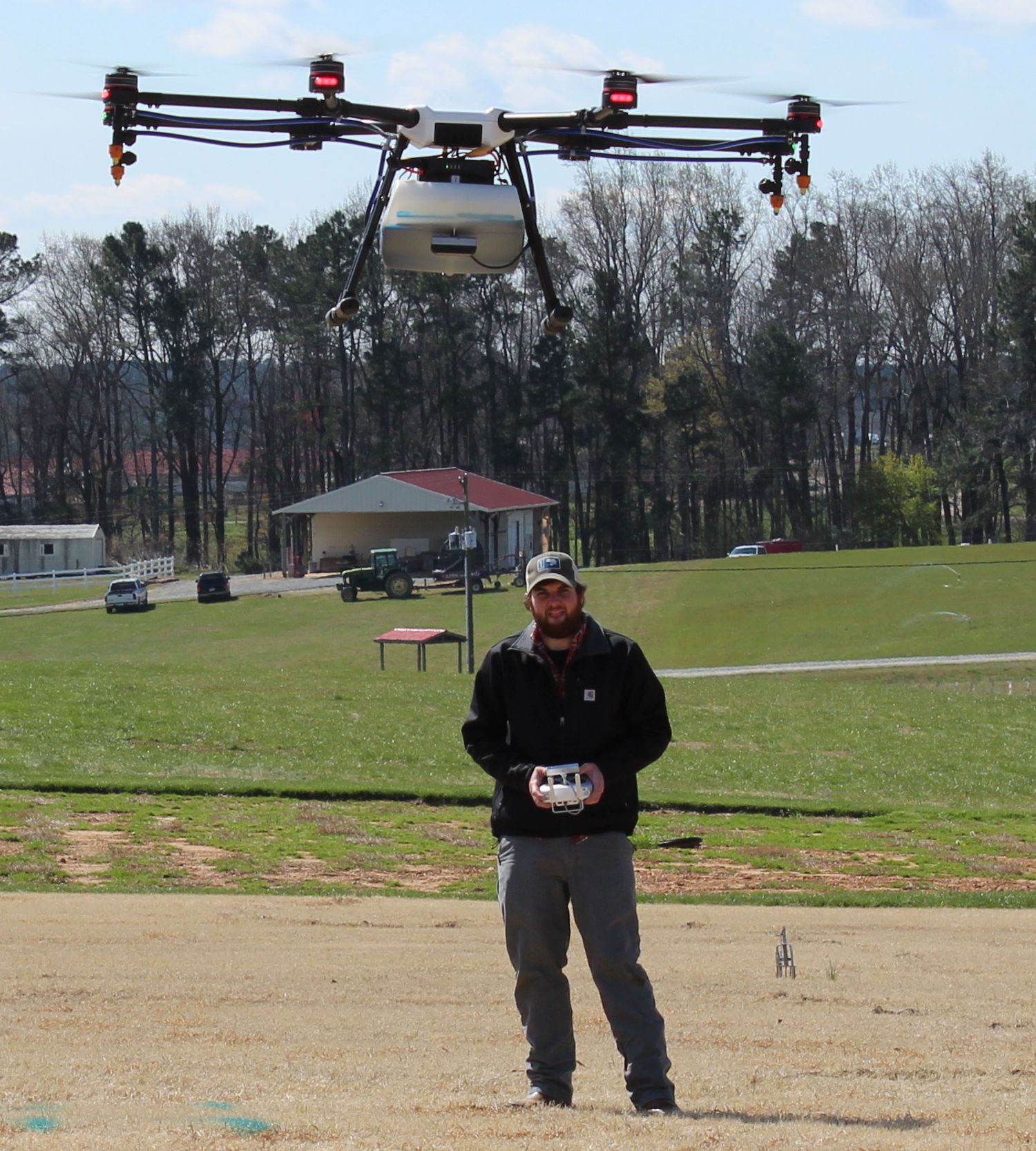 UAVs
UAVs
Nothing looks more like technical promise than a drone. There is such potential in these arachnid-style aircraft but unlike traditional ag technology (new crop varieties, herbicides, and fungicides), which were developed by agricultural companies, most drone design isn’t rooted in agriculture.
Because drone innovation generally comes from the technology sector it has struggled to find meaningful application in the agricultural world. Our weed science program is putting unmanned aerial vehicles (UAV) to work as a form of law enforcement in crop fields and beyond.
Cameras & Sensors
We’re continuing our pledge to proof-test technology by integrating new UAVs and sensor cameras in our weed science arsenal. These airborne marvels demonstrate how technology can specialize in a function like weed control in remote weed-scouting a field or spot-spraying herbicides rather than broadcast spraying. Working with a squad of specialized drones, instead of just one, is already showing promise in turf breeding and weed management.
Sensor cameras are techy hot buttons, but pricey ones. Their ability to capture different light wavelengths – color, infrared, near-infrared, ultraviolet, and more, holds tempting intelligence on identifying plant and weed species and plant stress responses.
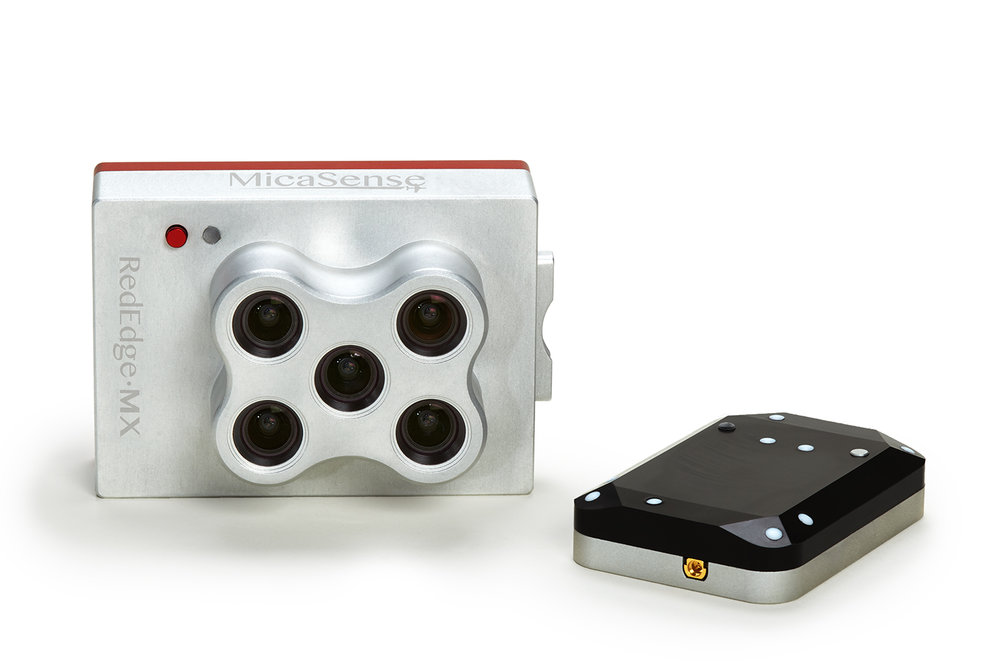
The problem is in the multitude of combinations and expenses. “Growers aren’t going to spend $60,000 on a camera to fly their fields,” Ramon Leonm NC State weed scientist said, “The idea is to find the right wavelengths or combination of wavelengths for the application we want [weed id or stress markers] and then to build cameras, fairly cheaply, to go into commercial use … We’re working to make sense of what is really usable in the field to make it cost-effective.”
We concentrate less on killing weeds than outsmarting them.
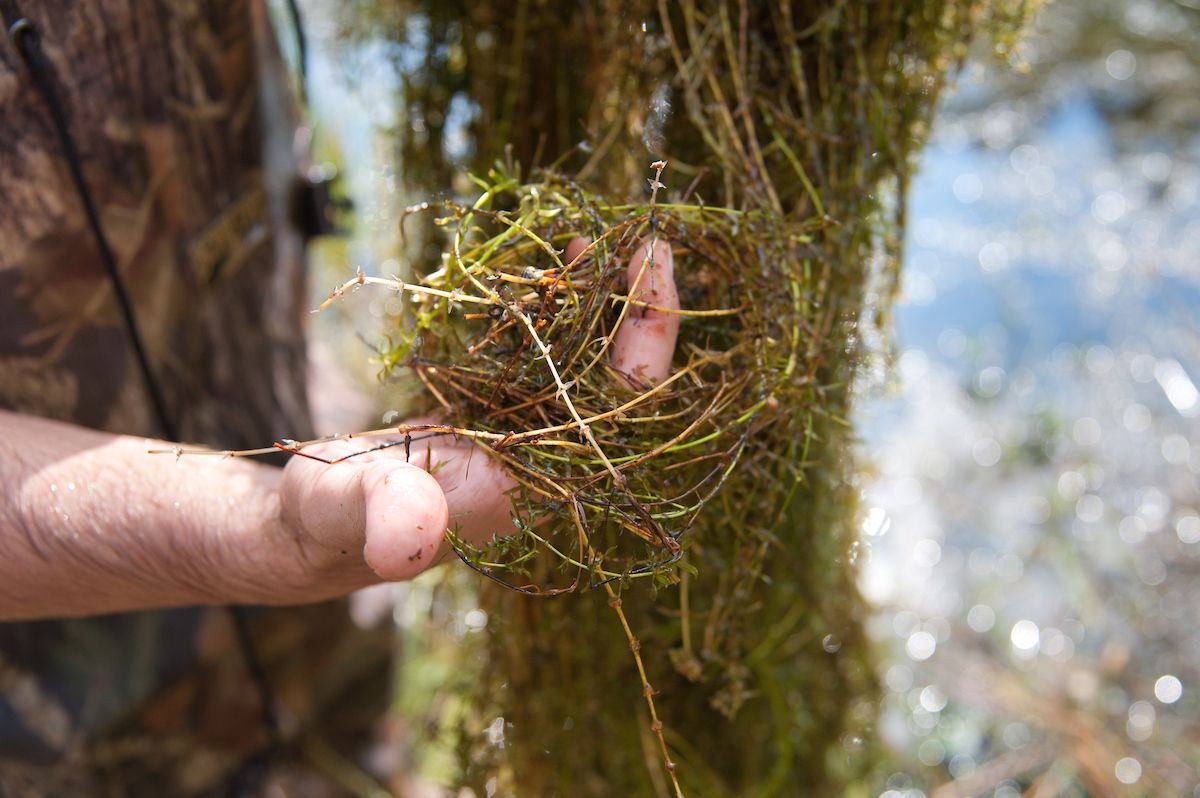
Off the Field
We’re using our aerial assets to benefit more than cropland. They are on task to protect NC’s natural resources as well. Remotely scouting and treating invasive weeds is a homeland security approach to protect NC waterways and forested areas that are home to sensitive native species (like mollusks, fish species, and venus flytraps). Controlling noxious weeds like hydrilla and cogon grass frees our ponds and forests allowing native plants to thrive and reduces risk from threats like drought and wildfires.
But it’s new territory. “Drone technology has outpaced regulatory guidelines. In some cases, agencies are coming to us to demonstrate how the technology might be used,” said Rob Richardson, NC State non-cropland weed specialist. Our research works in conjunction with the NC Department of Agriculture, Army Corps of Engineers, and the EPA to provide training on remote applications by drones.
On the Ground
Cotton Gin
Equipment is king in processing efficiency. We’ve added a new cotton gin to process cotton variety test samples faster, more safely, and with greater accuracy, similar to a commercial gin. There can be significant variation in the proportion of seed and lint relative to fertilizers or other treatments used. Knowing the lint percentages of a particular variety is paramount to growers.
“Results from crop research help our extension efforts get the right information to growers on cotton variety selection and fertility treatments to increase their crop value,” said Keith Edmisten NC State extension specialist in cotton and hemp. Being able to evaluate samples faster will speed those results.
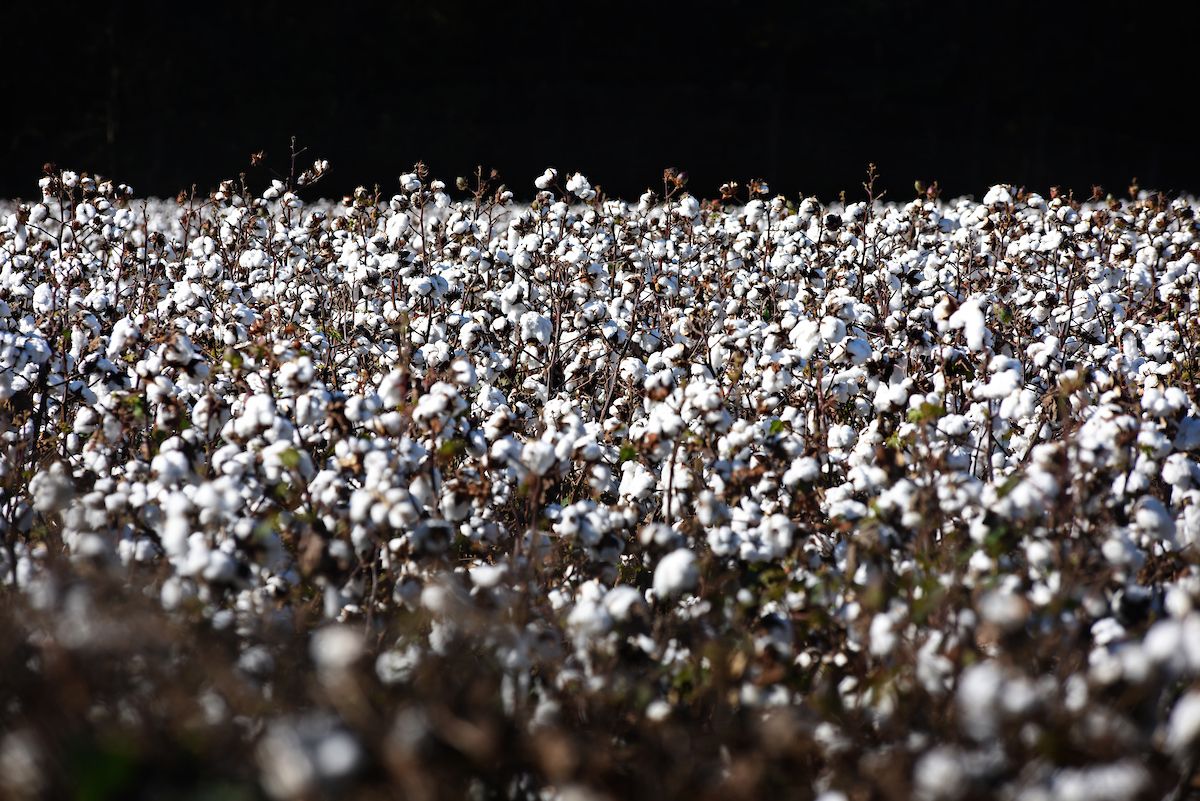
Flail Harvester & Software
In forage research, we’ve added a new flail harvester and related software to accelerate hay and forage sample testing. Results help us evaluate yield, nutritive value and nutrient uptake of many traditional and new forages – from crabgrass to alfalfa and grass-legume mixtures. These investments will allow us to develop recommendations on hayfield nutrient applications (where there were none before) as well as strategies on how best to capitalize on forage plantings.
This knowledge will help growers optimize livestock nutrition and waste management while protecting environmental interests. “Nutrient management isn’t just about forage yield. It’s also important to understand the quality of the forages we’re growing to determine their value as an animal feed,” said Stephanie Kulesza, NC State nutrient waste scientist.

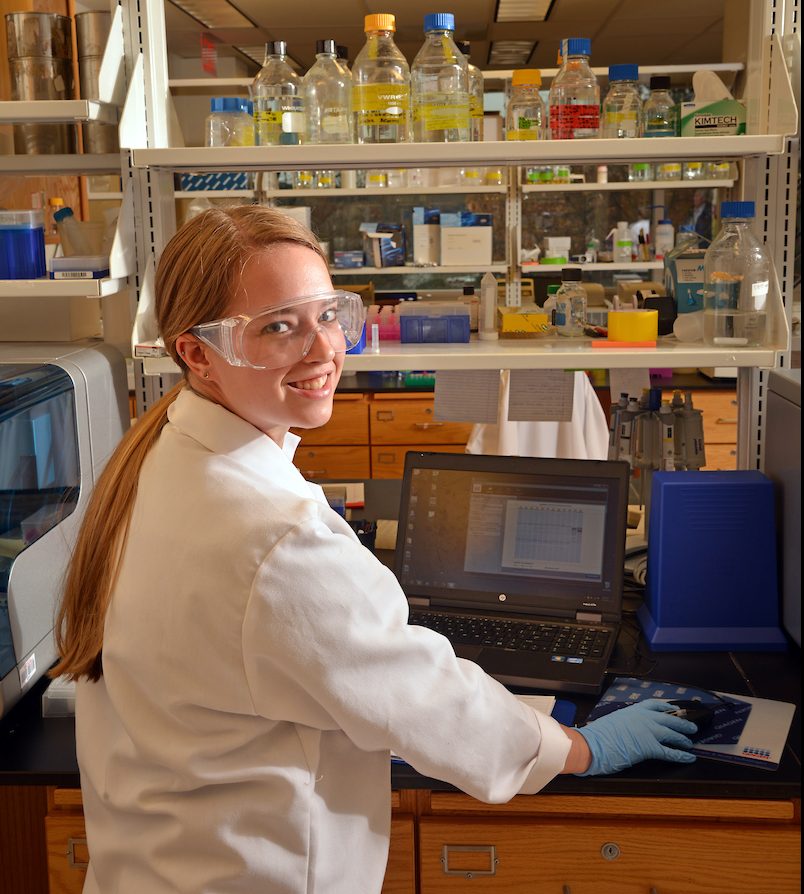
In the Lab
Instrument Upgrades
Crop and Soil Sciences houses multiple research labs, two of which are analytical service centers open to the public: Environmental and Agriculture Testing Service (EATS) and the Soil Physical Properties Lab. We’ve updated and added equipment in our labs to continue providing high-level analyses within the university and industry.
After passing the 1 million sample mark, we’ve upgraded instruments for another decade or more of testing soil, water, and plant or animal tissues. These services allow us to evaluate water quality, environmental properties, nutrient use in plants, and much more.
Our lab improvements are a boon to NC’s budding hemp industry where heavy metals matter. Many hemp grower contracts require heavy metal testing because of the possibility of concentration through extraction. Our lab and methods are well established, providing accuracy and confidence in a trending industry full of new players.
Growers can save time and money with heavy metal soil testing to assess if a given site is appropriate for hemp – before any seed is ever planted. In this case, deciding where to grow can be as valuable as what to grow.
Investing in Our Mission
“Having the right tools and people help us to be more efficient and to expand our work across NC’s research stations. We are also increasingly able to perform on-farm projects where growers and extension agents play a critical hands-on role in outcomes,” said Miguel Castillo, NC State forage specialist.
Our investments aren’t just about potential, but results. Jeff Mullahey is the director of the Crop & Soil Sciences Department, “These investments will equip our world-class faculty to conduct cutting-edge science resulting in transformational innovation in crops and soils. Scientific advancements in the air, on the ground, and in the lab fundamentally support our mission of ‘growing the future’.”
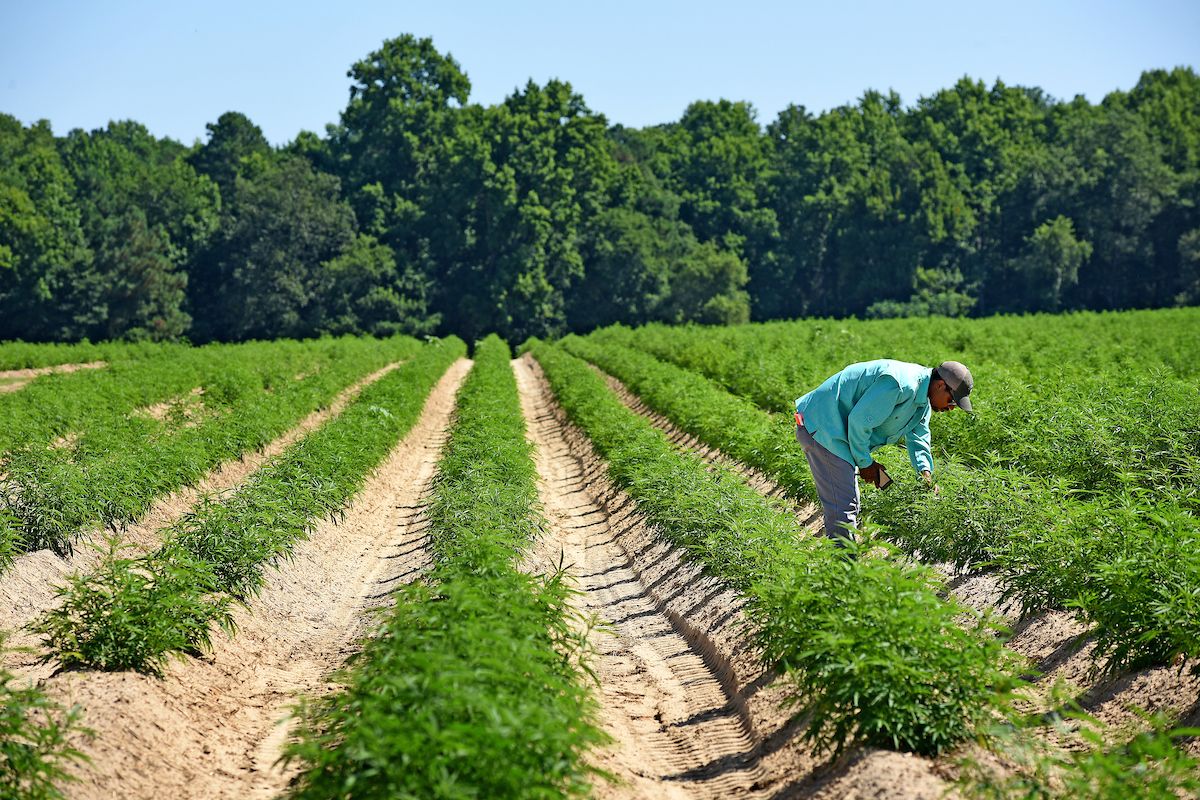
Want more Innovation?
Like weather and weeds, our pursuit of crop and soil innovation continues. To stay on top of the latest news and happenings, join our weekly “Friends of Crop & Soil Sciences” newsletter. See how we are growing the future.